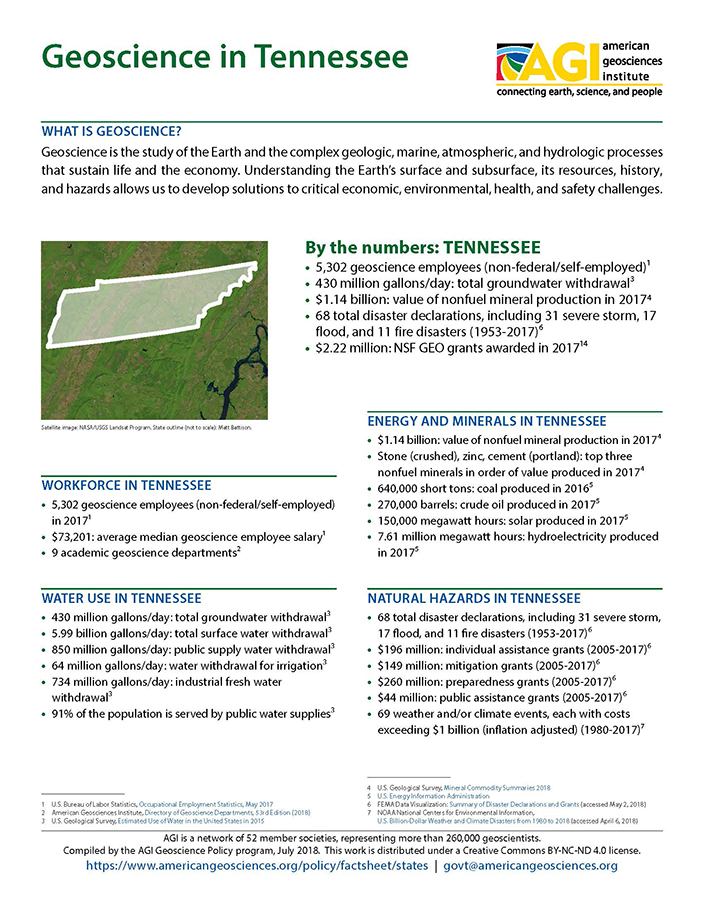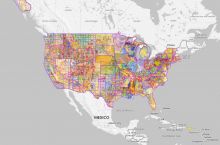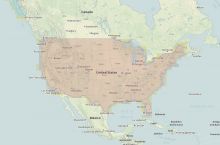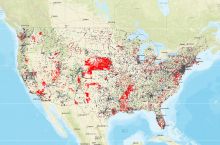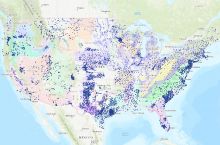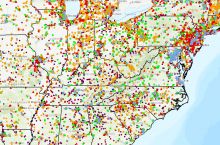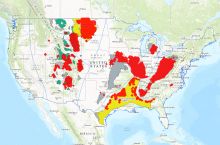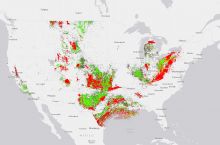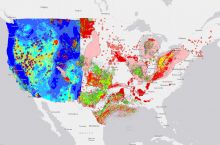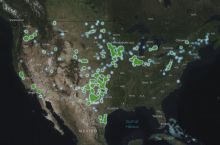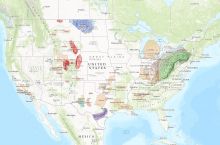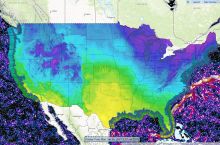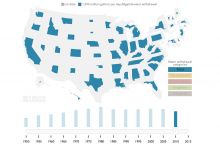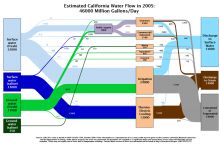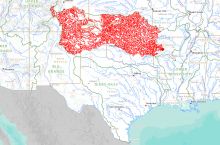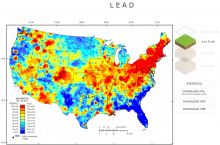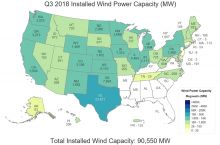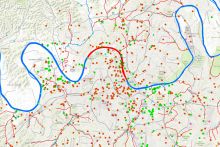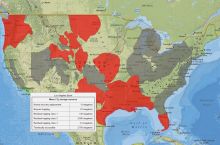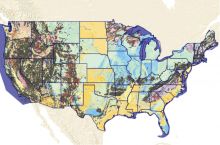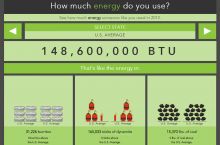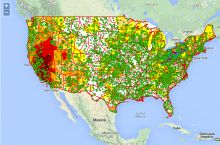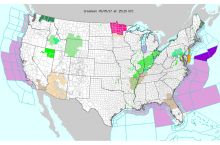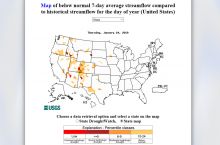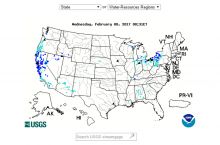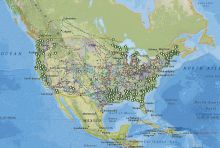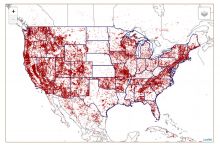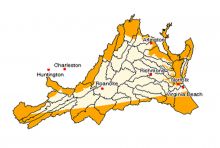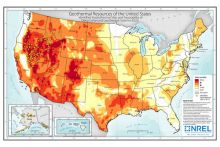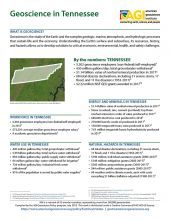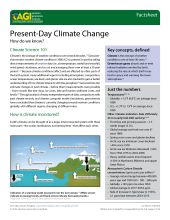By the numbers: Tennessee
- 5,302 geoscience employees (excludes self-employed)1
- 430 million gallons/day: total groundwater withdrawal3
- $1.14 billion: value of nonfuel mineral production in 20174
- 68 total disaster declarations, including 31 severe storm, 17 flood, and 11 fire disasters (1953-2017)⁶
- $2.22 million: NSF GEO grants awarded in...
Agencies Working on Geoscience Issues in tennessee
The Tennessee Department of Environment and Conservation exists to enhance the quality of life for citizens of Tennessee and to be stewards of our natural environment by: protecting and improving the quality of Tennessee’s air, land, and water through a responsible regulatory system; protecting and promoting human health and safety; conserving and promoting natural, cultural and historic resources; and providing a variety of quality outdoor recreational experiences.
TEMA's Mission is to coordinate preparedness, response, and recovery from man-made, natural, and technological hazards in a professional and efficient manner in concert with stakeholders.
The mission of the Tennessee Geological Survey is to encourage and promote the prudent development and conservation of Tennessee’s geological, energy and mineral resources by developing and maintaining data bases, maps and technical services; providing accurate geologic hazard assessments; and disseminating geologic information through publications and educational materials.

